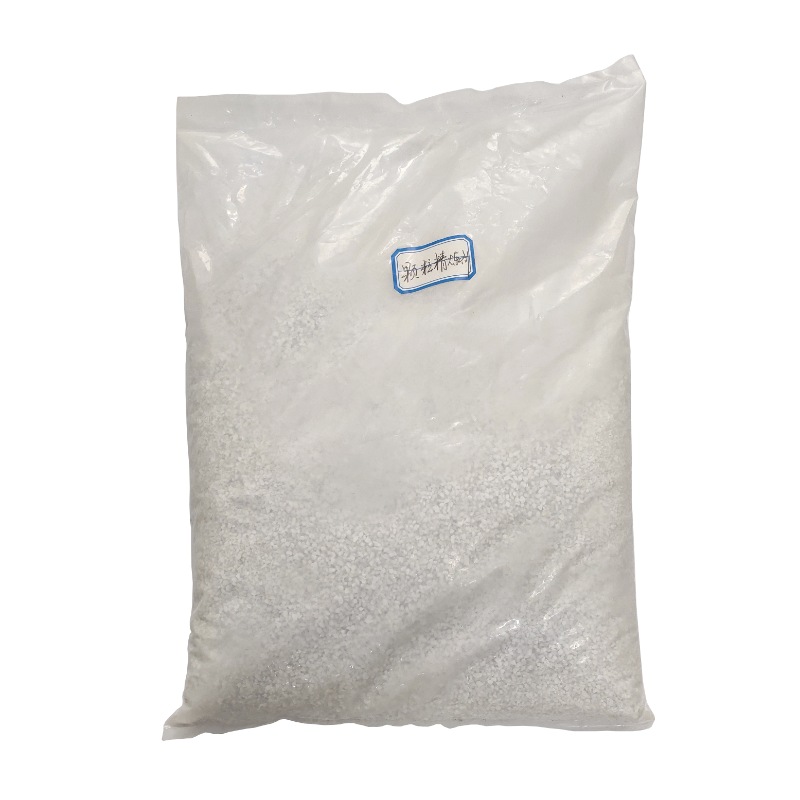How Fluxes Work in Aluminium Casting?
Fluxes are vital agents in the aluminum casting process, designed to remove impurities and enhance the quality of the final product. They work by promoting the coalescence of non-metallic inclusions, thereby making it easier to remove these impurities from the molten aluminum.
How Fluxes Work in Aluminium Casting
Mechanisms of Action
Fluxes work by reacting with impurities in the molten aluminum to form compounds that can be easily removed. This process typically involves the formation of a slag or dross layer that can be skimmed off the surface of the molten metal.
Interaction with Impurities
When fluxes are added to molten aluminum, they interact with impurities such as oxides, nitrides, and carbides. These interactions result in the formation of compounds that are less dense than aluminum, allowing them to float to the surface for easy removal.

Benefits of Using Fluxes in Aluminium Casting
Improved Quality
Using fluxes in aluminum casting significantly improves the quality of the final product. By removing impurities, fluxes help to ensure that the cast aluminum has superior mechanical properties and a smoother surface finish.
Reduced Impurities
Fluxes effectively reduce the level of impurities in the molten aluminum. This reduction leads to fewer defects in the final cast product, enhancing its reliability and performance in various applications.
Enhanced Mechanical Properties
The use of fluxes can enhance the mechanical properties of cast aluminum, such as strength, ductility, and resistance to wear and corrosion. This makes flux-treated aluminum suitable for high-performance applications where these properties are critical.
Additional resources:Top C276 Clad Plate for Sale: Best Options in 2025
How Do Wind Tower Steel Coils Improve Efficiency and Durability?
Top 5 Benefits of Choosing a 304L Stainless Steel Plate Supplier
What to Know About Clad Heads for Sale?
Unlock Durability: How Stainless Steel Composite Solves Your Product Pain Points
What Are the Benefits of High-Weldability Carbon Steel Round Bar?
How Does Clad Metal Improve Manufacturing Efficiency?
Selecting the Right Flux for Your Casting Process
Criteria for Selection
Choosing the right flux for your aluminum casting process involves considering several factors, including the type of impurities present, the desired properties of the final cast product, and the specific requirements of your casting process.
Application-Specific Recommendations
Different casting applications may require different types of fluxes. For example, high-precision casting processes may benefit from specialized cleaning fluxes, while large-scale industrial applications might require robust cover fluxes to maintain purity throughout the casting process.
Safety Precautions When Handling Fluxes
Personal Protective Equipment
When handling fluxes, it is essential to wear appropriate personal protective equipment (PPE), including gloves, goggles, and protective clothing. This helps to minimize the risk of exposure to harmful chemicals.
Safe Handling Procedures
Safe handling procedures include proper storage of fluxes, careful measurement and mixing, and thorough cleaning of equipment after use. Following these procedures helps to ensure the safety of personnel and the integrity of the casting process.
In the intricate world of aluminum casting, fluxes play an indispensable role. They ensure the purity and quality of molten aluminum, enhancing the mechanical properties and overall performance of the final cast products. Understanding the different types of fluxes, their chemical compositions, and their applications can significantly improve casting outcomes. By adhering to best practices and safety standards, and staying abreast of emerging trends, professionals in the field can continue to innovate and excel in their casting processes.
Benefits of Custom Brushed Finish Steel Coils for Your Projects
What is 4130 Steel Coil and Its Benefits?
Quality Titanium Clad Plates for Sale - Durable Solutions
How to Choose Stainless Steel Cladding Jackets Effectively?



